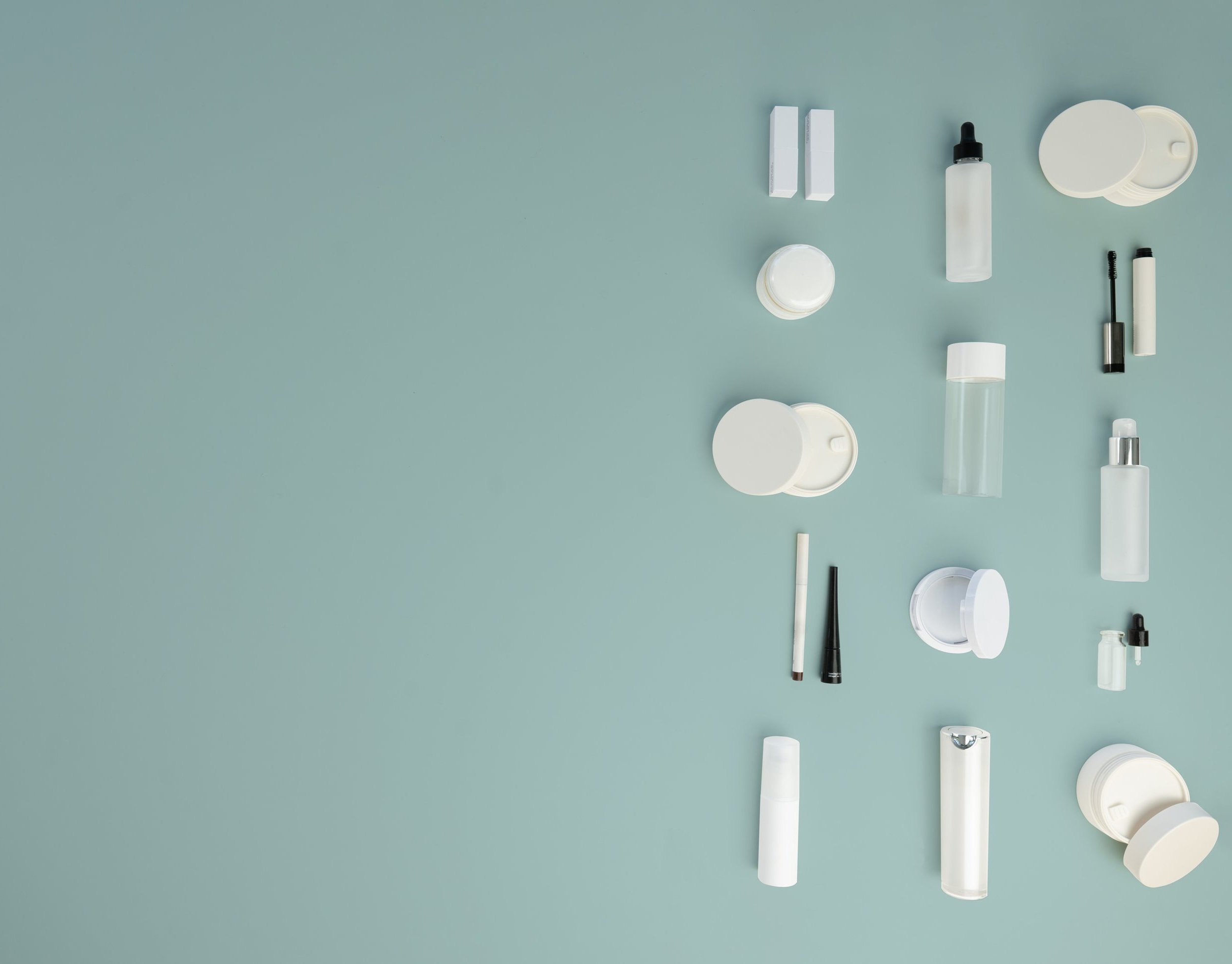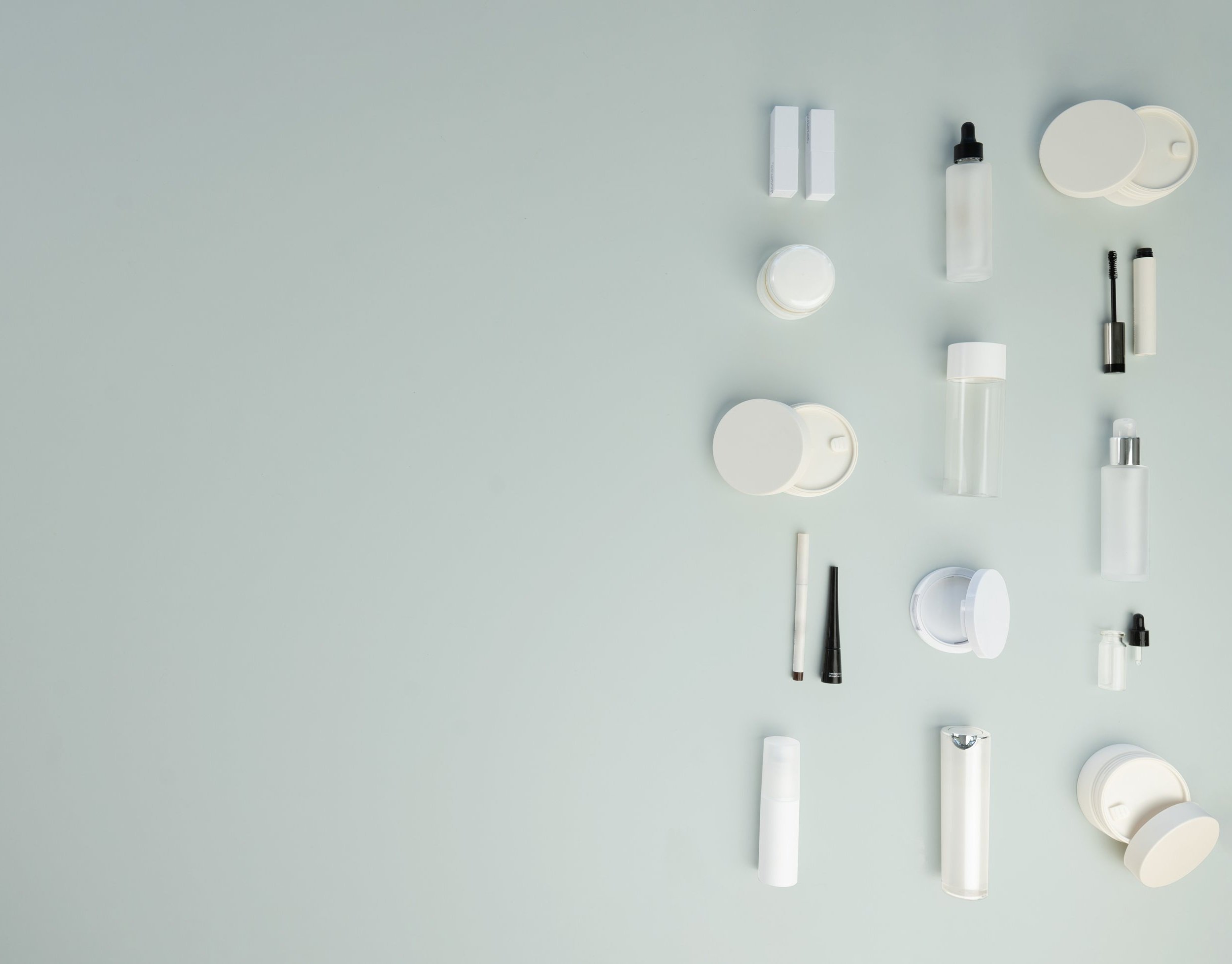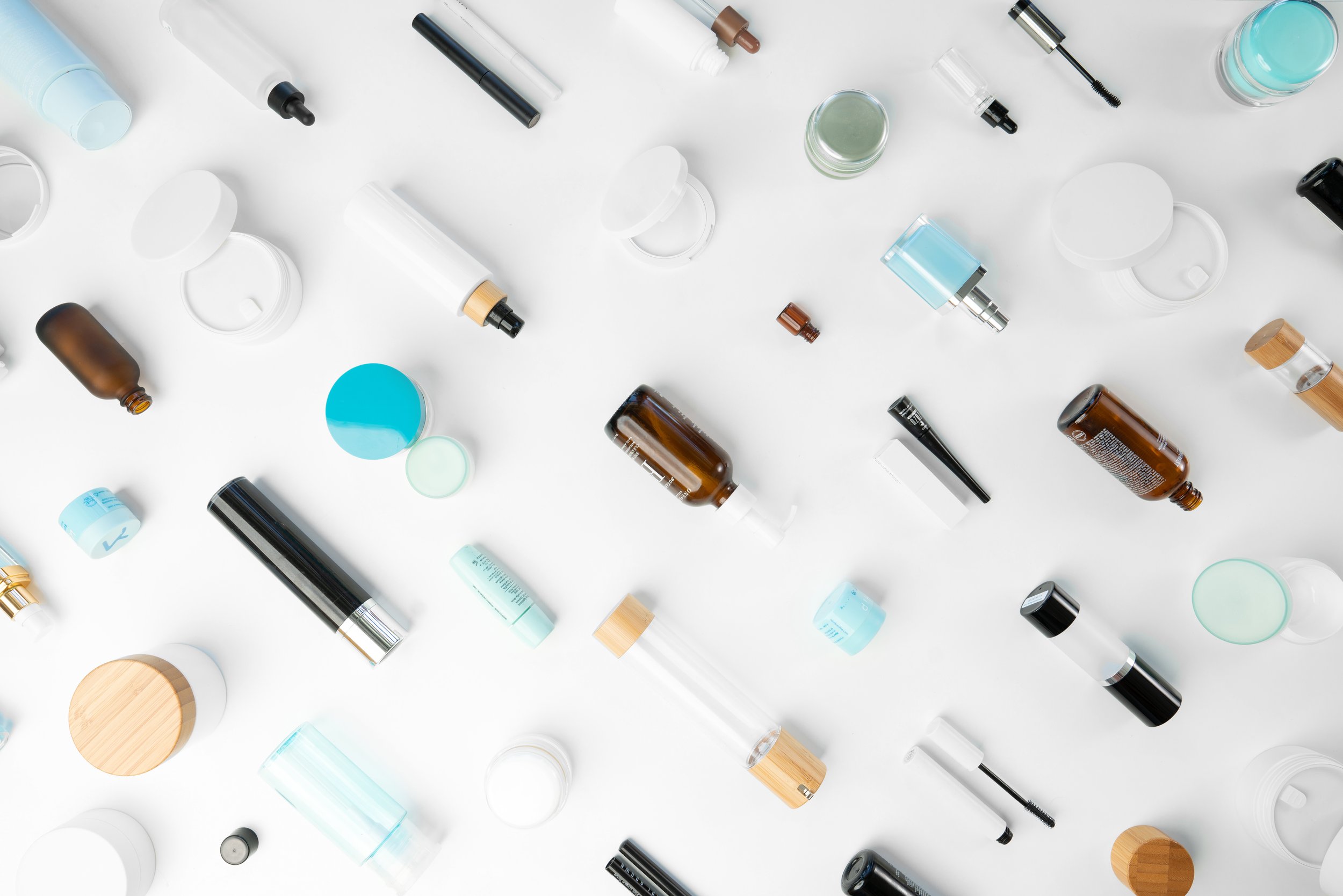
The beauty industry has a pretty ugly problem.
Each year, a whopping 120 billion cosmetic packages are created and only a fraction will actually get recycled. Most are landfilled, incinerated, or littered, eventually ending up in the ocean. Pact is here to share the facts on packaging production, material claims, recycling rates and other end-of-life realities — even when the truth is inconvenient. We believe this is how we can make meaningful strides toward circularity.
120 billion
The estimated number of beauty and wellness packages produced each year.
79%
The amount of plastic that has ended up in landfills or as pollution.
8 million
The tons of plastic that end up in our oceans every single year.

Let’s talk about the facts.
-
The beauty and wellness industry generates over 120 billion packages each year, and because of the way they’re designed, only a fraction actually get recycled. That means that most are ending up in landfill, incinerators, as litter in communities, and ultimately in the ocean. So much beauty and wellness packaging cannot be recycled, and we really want to change that.
-
Packaging size: A lot of packaging is small, particularly smaller than a fist or yogurt cup. These items can’t be caught by the machines in MRFs, so they end up going to the trash or are incinerated.
Material type: A majority of beauty and wellness packaging isn’t labeled with its recycling number, making it difficult for customers to know what goes in their curbside recycling, and even more difficult for recycling facilities to sort. Additionally, most recycling facilities cannot recycle or process plastics #3, 4, 6, and 7.
Mixed materials: Additionally, a lot of packaging is made of more than one type of material, meaning it must be broken apart manually — think pumps, squeezable tubes, compacts, etc. Most MRFs do not have the ability or infrastructure to do this, rendering a lot of our packaging not recyclable and headed for the landfill.
-
There is no one standard or certification for packaging sustainability, which is why solving our packaging problem is so tricky. Since we’re for beauty, by beauty, we’ve compiled toolkits and resources to help the industry make better choices around packaging design.
-
If they are a member of Pact! We are hoping to grow our collective so all beauty and wellness stakeholders are members, since this is how we can truly drive toward more sustainable solutions.
In the meantime, look for brands creating products that align with Pact’s resource guides, like refillable packaging and high PCR content. Bonus points if they use Pact’s collection programs for hard-to-recycle material.
-
No way, but it’s a start. Pact’s collection programs are one tool in the toolbox but on their own will not change our industry’s packaging problem. Just because Pact can collect and properly recycle/process these materials doesn’t mean we should continue to design this way. Our goal is to move away from specialty programs like Pact and encourage the development of packaging that can be recycled curbside or reused. That’s why we use the data from our collection programs to inform our members of the findings — we can use the data to report what’s working, what’s not, and how we can design better from the start.
Tiny packaging presents a big problem.
The global plastics and packaging problem is bigger than the beauty industry, but beauty has a unique challenge: most of our packages are too small to be caught by Material Recovery Facilities (MRFs). Plastic that is smaller than a fist or yogurt cup, flexible packaging like squeezable tubes, and packages made of mixed materials are all highly unlikely to be recycled through traditional systems. All those tiny cosmetic contraptions? They’re headed for the trash.
What makes a product ‘hard-to-recycle?’
-
Packaging size
A lot of packaging is small (smaller than a fist or yogurt cup) so can’t be caught by the machines in MRFs, so they end up going to the trash or are incinerated.
-
Material type
A lot of beauty packaging isn’t labeled with its recycling number, making it difficult for customers to know what goes in their curbside recycling, and even more difficult for recycling facilities to sort. Additionally, most recycling facilities cannot recycle or process plastics #3, 4, 6, and 7.
-
Mixed materials
A lot of packaging is made of more than one type of material and must be broken apart manually (pumps, squeezable tubes, compacts, etc.) Most MRFs do not have the ability or infrastructure to do this, which means a lot of packaging isn’t recyclable and is headed for the landfill.
Circularity requires collective action.
Members of the beauty supply chain are often working in silos, which means we aren’t talking to one another. This makes it hard to make informed, sustainable decisions. Circularity requires us to work together, share knowledge, and push each other toward a brighter future. If we work together, we can bring more circular solutions to the beauty industry.
Recycling isn’t always possible.
Our current economic model is not circular but linear: “take-make-waste.” Beauty and wellness products tend to be designed for short-term use, with very few made to last or be reused. As a result, most aren’t recycled, so they end up in landfill and our oceans. These design decisions have a huge impact on a product’s end-of-life. We have to do better.
Better design, true transparency.
As an industry, we need to take responsibility for the waste we create. This requires better design, smarter material use, and more transparency throughout the supply chain.


